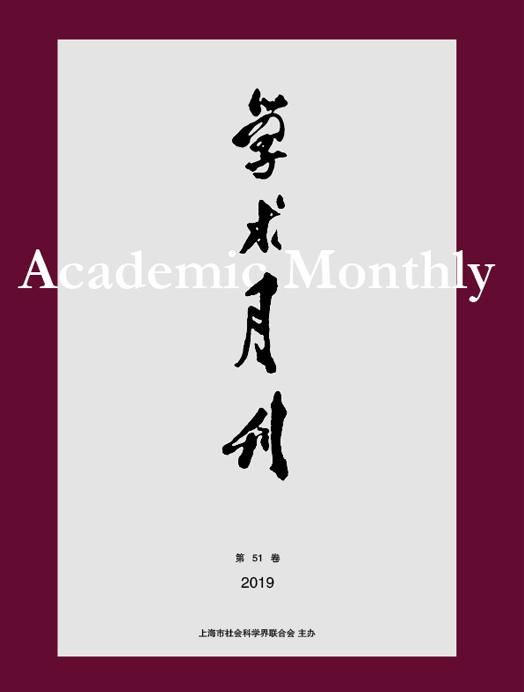From Disorder to Order: The Storage and Allocation of Grain and Forage in Villages in Taihang Base during the Comprehensive Anti-Japanese War
Abstract: The documents in the Taihang Mountain Documents,including “the Receipts from Li Zhuang Administrative Office in Pingshun County”,“the Receipts from Sanhe Village,Yangjia Village and Xiejia Village” and “the Receipts from Kuangmen Village Warehouse in the Sixth District of She County”,can respectively reflect the actual situation of the storage and allocation of grain and forage in villages in Taihang Base at the different stages during the comprehensive Anti-Japanese War.According to the analysis of the content and form of the receipts,the following conclusions can be drawn.In the early stage of the comprehensive Anti-Japanese War,all of the military and political units directly or indirectly distributed grain and forage to villages.To cope with their distribution,village management institutions generally adopted the method of allocating at any time,raising at any time,and paying at any time.Its related work exhibited characteristics of urgency and randomness.In the middle stage of the comprehensive Anti-Japanese War,the storage and allocation of grain and forage in villages gradually formed a set of methods based on the principle of “unified management and decentralized preservation”.In addition to allocating grain and forage,the village management organization also added a storage function,and its related work showed characteristics of normalization and standardization.In the late stage of the comprehensive Anti-Japanese War,with the announcement of a series of grain and forage management systems in Shanxi-Hebei-Henan-Shandong Border Region,a vertical management system consisting of county warehouses,sub warehouses and village warehouses specifically responsible for grain storage and allocation below the county level had been basically formed.Although the village management organizations were no longer responsible for the storing and allocating procedures of grain and forage,it still had to take full responsibility for the transportation,mobilization,bury,and storage of grain and forage,and its related work showed characteristics of unification and institutionalization.In short,the grain storage and adjustment of village in Taihang Base went through three stages,and formed a development process from disorder to order.In this process,the new rural governance system created by the CPC played a key role in the orderly storage and allocation of grain and forage.



 沪公网安备 31010102003103号
沪公网安备 31010102003103号 DownLoad:
DownLoad: